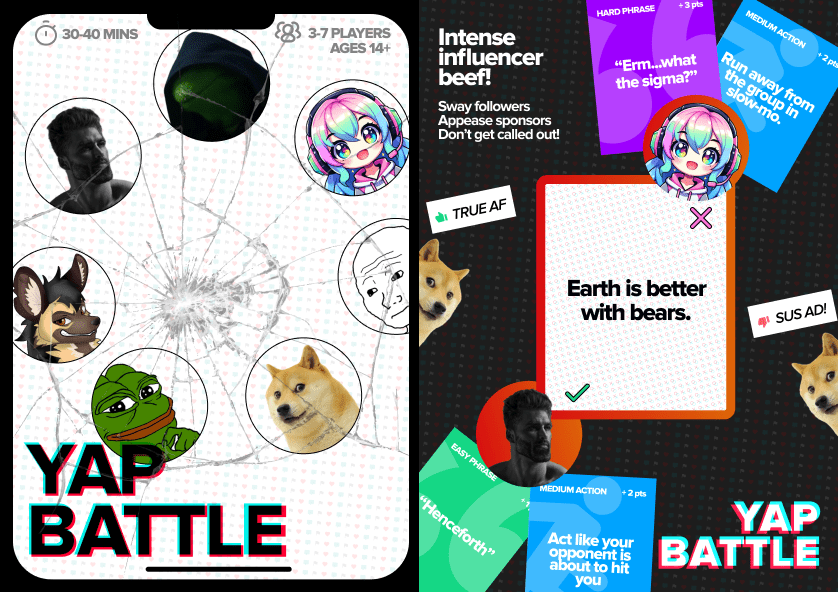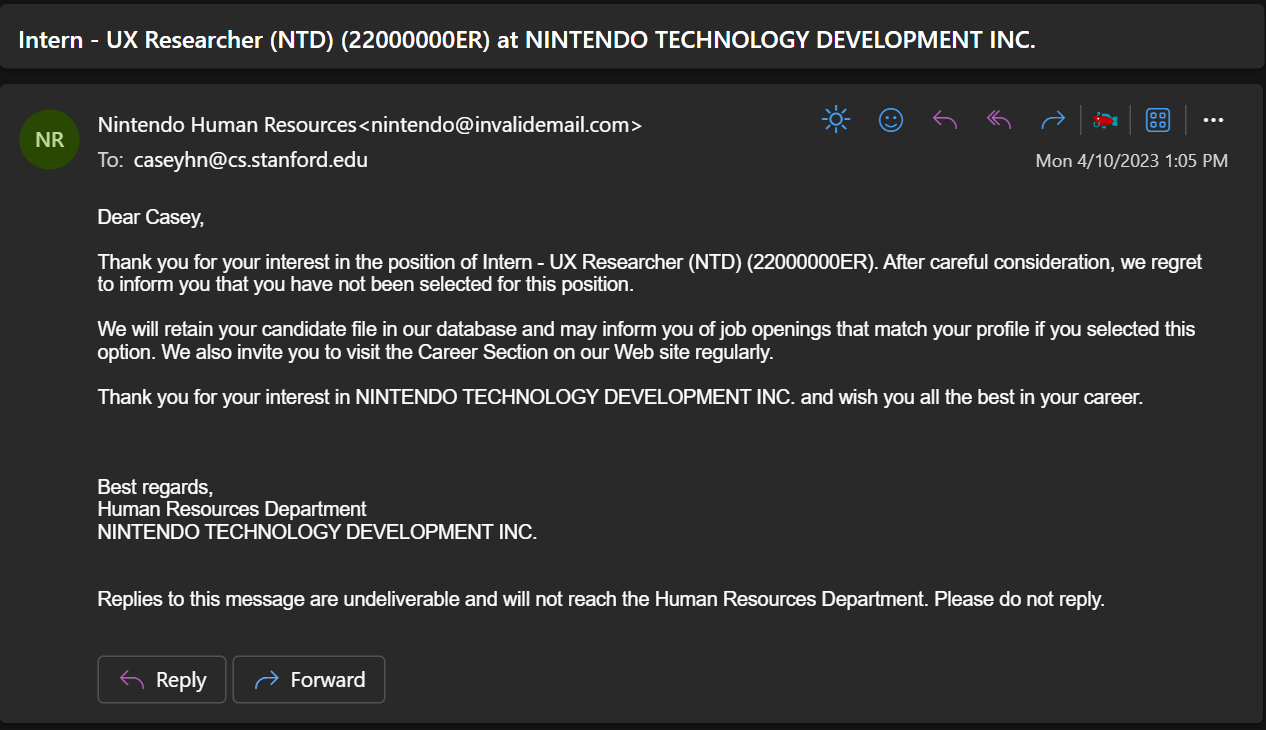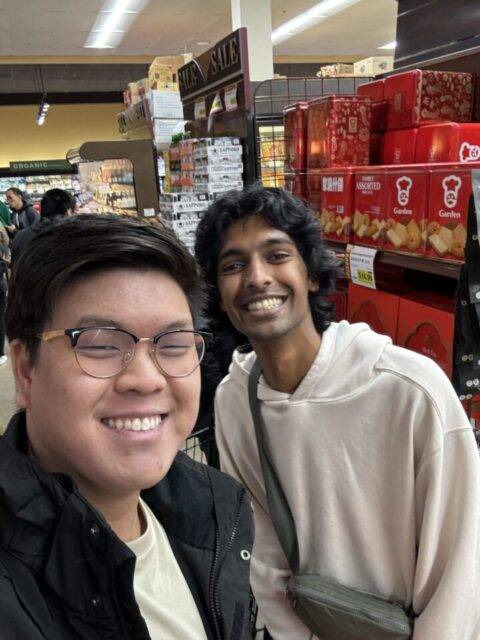My knowledge of play and game design was pretty rudimentary prior to enrolling in CS247G. I believe I paid little attention to the deeper aspects that contribute to games being truly engaging and memorable, preferring to concentrate on the entertaining aspects and visual components. Being a passionate gamer, I mainly considered games as a way to pass the time and escape reality. Some of my favorite games are Teamfight Tactics, Hearthstone, League of Legends, Valorant, Minecraft, God of War, Portal 2, and Pokemon Go. Other than the occasional Teamfight Tactics (TFT) game or casual Pokemon Go during transition periods, I haven’t had much time to play games due to my hectic schedule with schoolwork. In my opinion, having more game time in this class allowed me to fully appreciate the complex mechanics, narrative structures, and emotional experiences that these games could provide, so I was happy about that.
I think my understanding of game design has grown substantially over this course. My first assignments, which included making mood boards and Spotify playlists for inspiration, gave me the opportunity to investigate the creative process from a variety of perspectives. The playtesting sessions were especially informative because they offered practical feedback and emphasized the value of iteration in the design process. Furthermore, researching games like “Portal 2” and “Gone Home” gave me insightful knowledge about how to combine mechanics and story in a way that makes the player experience better. I thoroughly enjoyed playtesting both my game for Project 1 (Yap Battle) and the games of other groups.

I really connected with a number of the class’s concepts. A major change in my approach to game design came with the introduction of the MDA framework (Mechanics, Dynamics, Aesthetics). It made me realize that games are holistic experiences, with each component adding to the overall emotional and artistic impact. For example, one lecture stressed the value of giving players meaningful options so that each choice they make feels important. Additionally, another particularly noteworthy idea was Dan Cook’s “Loops and Arcs” concept, which emphasized the significance of progression and pacing in preserving player engagement.
I directly applied these ideas to my work, especially to my second project where players solve a mystery surrounding a stolen ring in a wedding-themed game. Using the MDA framework, I ensured that the mechanics (gathering clues, interrogating suspects) supported the dynamics (creating tension and engagement) and ultimately the aesthetics (immersive narrative experience). The idea of meaningful choices informed the creation of various character motivations and supporting details, giving players the impression that their choices actually affected the game’s conclusion. Playtesting iteratively helped to hone these components and make sure they functioned well together to produce a seamless and entertaining experience.
While working on my group’s Project 2 game, “The Missing Ring,” I encountered difficulties with Unity’s learning curve, even though I have a technical background. I usually have no trouble with the technical aspects of projects, but design requires more thought and effort from me. Particularly difficult was striking a balance between gameplay mechanics and story depth. It took careful planning and continuous iteration to make sure the story held up without overpowering the interactive elements. Receiving and incorporating playtest feedback presented another difficulty. Deciding which changes would actually make the game better and reconciling contradictory feedback proved to be challenging at times. Furthermore, because game design is an iterative process that necessitates constant testing and refinement, time management was an ongoing challenge.

Sketchnotes presented a significant challenge for me as well. I’m not very good at drawing, so I usually keep my notes in text format so I can easily format them and copy and paste them for other purposes. I found it more difficult to fully engage with the sketchnoting assignments because of this preference.
In my opinion, these challenges helped me to gain a deeper understanding of game design and a better respect for the iterative process. I improved my ability to make design decisions that struck a balance between mechanics and story and learned to welcome criticism as a useful tool for development. I was also able to make more insightful and compelling games because I was able to critically analyze design decisions and the player experience. With frameworks and principles to guide my future projects, this course has greatly expanded my creative toolkit.
In the future, I want to work on new projects and implement the knowledge I gained from CS247G to further hone my game design abilities. I will place greater emphasis on playtesting and iteration, recognizing their crucial role in creating polished and enjoyable games. I also want to push the limits of what games can accomplish in terms of narrative and player involvement by investigating more unusual and cutting-edge game mechanics. My ultimate goal is to make games that take players on a deeper emotional journey while also being entertaining.
While I am confident in my ability to do software development, I am not as confident in my game development skills. Though I’m not sure yet, I might be interested in applying to video game companies like Nintendo and Riot Games. The experience of taking CS247G has completely changed the way I think about play and game design. The concepts and experiences from this class have equipped me with the tools to create more thoughtful and engaging games. I am excited to continue this journey, applying these lessons to future projects and striving to make a meaningful impact in the world of game design.





